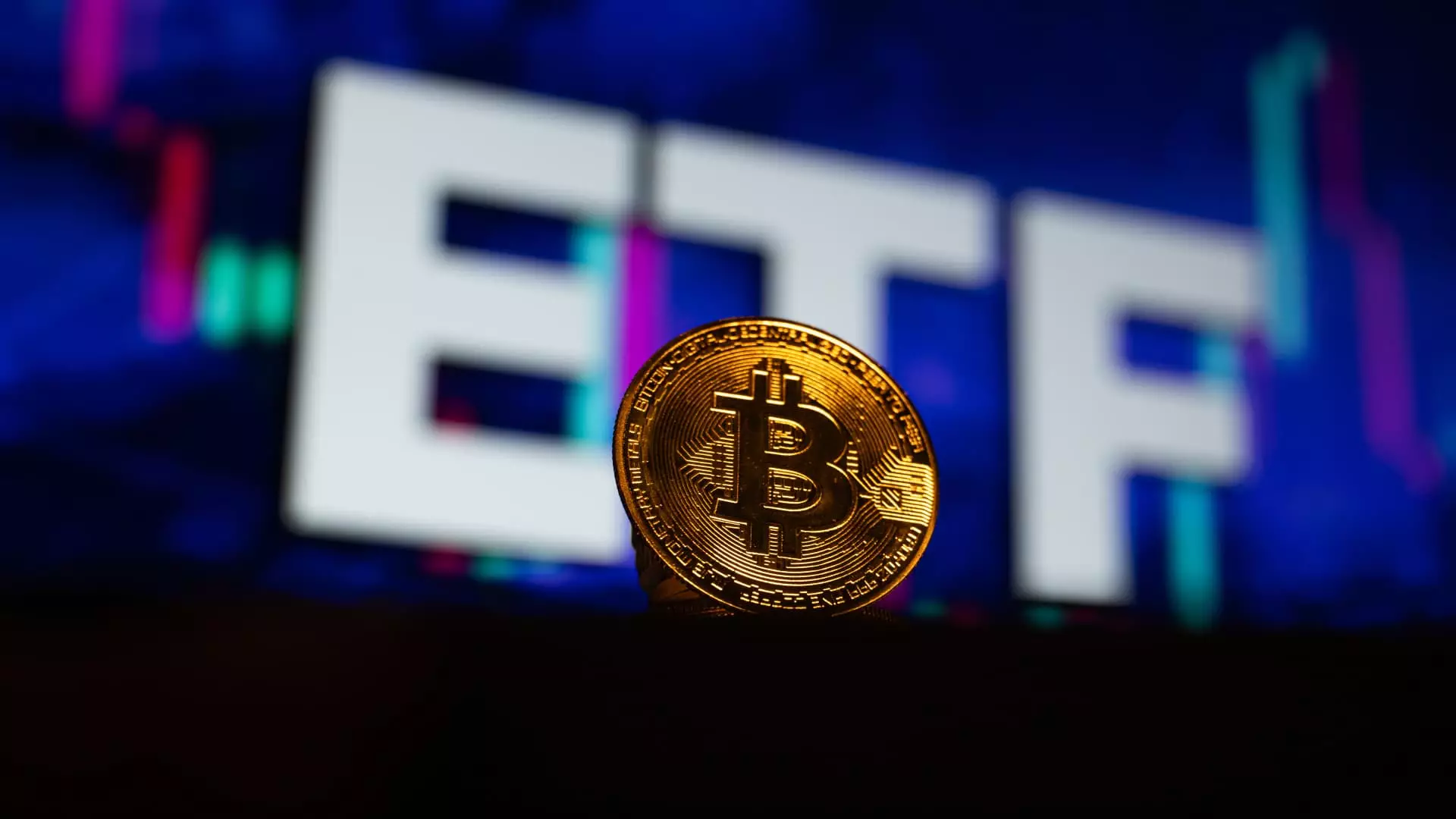The cryptocurrency landscape is on the brink of dramatic changes, particularly in the realm of exchange-traded funds (ETFs). As we transition into a year that promises innovation in the form of new funds and methodologies, the reception of these upcoming crypto ETFs is likely to diverge sharply from the overwhelming demand experienced by Bitcoin ETFs during their inaugural year. This article delves into the nuances surrounding the evolving crypto ETF market, encompassing potential opportunities, setbacks, and the evolving regulatory environment shaping this financial frontier.
The debut of Bitcoin ETFs a year ago marked a watershed moment in the financial landscape and was hailed as an unparalleled success, attracting a staggering $36 billion in net new assets within the first year alone. BlackRock’s iShares Bitcoin Trust emerged as a frontrunner in drawing institutional investors and catalyzing institutional adoption, effectively doubling the overall market value of cryptocurrencies by 2024. This historic launch demonstrated that traditional financial vehicles, like ETFs, can harmoniously coexist with emerging asset classes, thus redefining the investment narrative surrounding cryptocurrencies.
Yet, as we look forward, the meteoric success of Bitcoin ETFs casts a long shadow over other potential crypto funds. With applications for new ETFs intended to track lesser-known cryptocurrencies such as Solana, XRP, Hedera, and Litecoin already in the pipeline, experts caution that these funds may struggle to replicate the inflow of assets seen during Bitcoin’s debut. According to analysts at JPMorgan, the demand for these new products is expected to be significantly muted, as they may only attract a fraction of the assets that flowed into Bitcoin ETFs.
The disparity in market capitalization among various cryptocurrencies serves as a critical factor in determining ETF demand. Bitcoin’s market domination, representing around 6% of its total capitalization through ETFs and $108 billion in assets, creates a contrast against ether ETFs, which captured merely 3% ($12 billion) of ether’s market cap within six months. This discrepancy raises questions about the viability of upcoming ETFs for tokens with smaller market caps and less investor interest. For example, projections indicate that ETFs associated with Solana, boasting a total market cap of $91 billion, may only garner between $3 billion and $6 billion in new assets.
The same situation applies to XRP, with an anticipated demand of around $4 billion to $8 billion. This cautious forecast underscores a broader concern: while the initial success of Bitcoin ETFs opened the door to greater financial products within the crypto space, the enthusiasm surrounding newer launches seems lukewarm at best. Such findings emphasize the importance of understanding market dynamics and investor sentiment when discussing the future landscape of crypto ETFs.
The financial future of crypto ETFs doesn’t exist in a vacuum; it is inextricably linked to the regulatory environment. Promises of a more pro-crypto Congress and a potentially supportive White House in 2025 may lead to market reprieve and greater innovation. Regulatory and legislative frameworks that cultivate a more favorable ecosystem could indeed encourage new product launches in the crypto space. Analysts highlight that the forthcoming administration and potential changes at the Securities and Exchange Commission (SEC) may pave the way for expanded growth avenues within the industry.
Tyron Ross, a notable figure in the investment sphere, brings another layer of complexity by suggesting that the anticipated demand for Bitcoin ETFs may not meet last year’s staggering figures but is likely to maintain a healthy trajectory. He emphasizes that investor education and increasing confidence in cryptocurrencies will play significant roles in shaping this demand’s future. Ross points to the significance of incorporating crypto into model portfolios by Wall Street advisors as a potential catalyst for renewed growth.
As the cryptocurrency ETF landscape evolves, industry participants must adopt a nuanced perspective. The experience of Bitcoin ETFs serves as both a beacon of success and a cautionary tale for subsequent products targeting lesser-known tokens. While there is optimism that a more favorable regulatory climate could lead to renewed interest, it is vital to recognize that varying levels of cryptocurrency market capitalization and investor sentiment will dictate how these new funds fare in the coming year. With tempered expectations and a keen eye on regulatory developments, the crypto community stands on the precipice of what could be a defining moment in the asset class’s continued evolution.

Leave a Reply